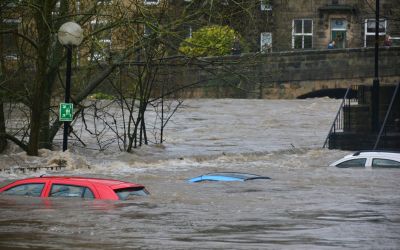The Green Games: Tokyo 2020
President of the Japanese Olympic Committee, Tsunekazu Takeda, discusses how sustainability will be a key factor at the 2020 Olympic Games and outlines his vision for the future of the Olympic movement
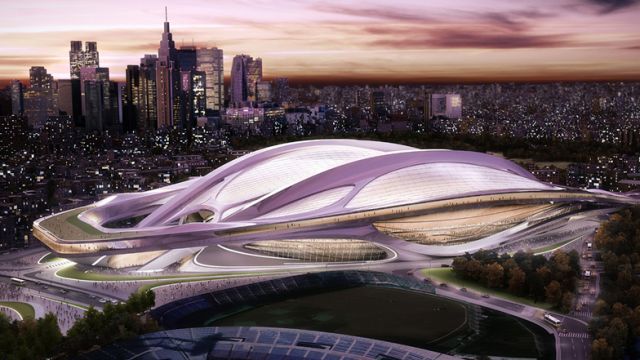
After attending the Tokyo 1964 Olympic Games as a spectator while still a high school student, Tsunekazu Takeda knew that he wanted to become an Olympian.
His progression from competitor, then coach, to member of the International Olympic Committee and President of Tokyo 2020 gives him a clear vision for the future of the Olympic movement.
Mr Takeda spoke to Climate Action about this vision and the ability of an Olympic games to accelerate sustainability and the green economy.
Can you tell us more about your role as the President of the Japanese Olympic Committee and your path to this position?
I have been very lucky to be a member of the Olympic Family almost my entire life. Since attending the Tokyo 1964 Olympic Games as a spectator while I was still a high school student, I knew that I wanted to become an Olympian and dedicate my life to the Olympic Movement.
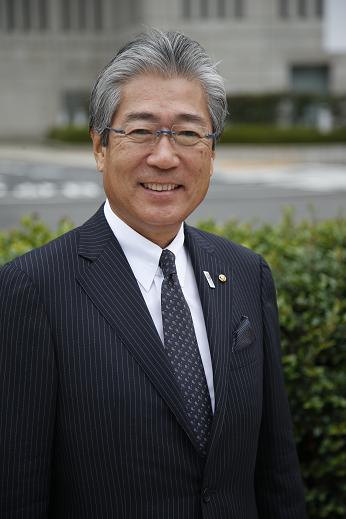
Subsequently, I served as Chef de Mission for the Japanese delegation at two Olympic Games: Salt Lake City 2002 and Athens 2004, and the Singapore 2010 Youth Olympic Games. I was also appointed as sports director for the Nagano Olympic Organising Committee in preparation for the 1998 Olympic Winter Games held in Nagano, Japan.
In 2001, I was elected as President of the Japanese Olympic Committee (JOC), and consequently became more widely involved in the activities of the International Olympic Committee (IOC). I have served on three IOC Coordination Commissions – for the Vancouver 2010, Sochi 2014 and PyeongChang 2018 Games. However, my proudest moment came when I was elected as a member of the IOC in 2012.
In the same year as I was appointed as President of the JOC, the Sports Environment Committee was also established. And in November that year, Japan hosted the 4th IOC World Conference on Sports and the Environment at Nagano, where the 1998 Winter Games were held. There, we applied the “Principles of Sustainable Development,” which were adopted at the United Nations Conference on Environment and Development (Earth Summit), to sports and announced the “Nagano Declaration.”
Beginning in 2004 and every year since, we have hosted the Sports and Environment Representatives Conference with our partner cities. The most recent seminar was hosted in Kumamoto Prefecture on October 31. The seminar was attended by some 280 participants, including Olympians who also serve as JOC Sport Environment Ambassadors, and served as the platform for a series of lively discussions on a wide range of sport and environment-related issues.
The fact that the Olympic stadium will be solar powered and have a rainwater retention system are great examples of how you are incorporating sustainability into the games. Can you give us more examples of how you are doing this?
Tokyo promises an environmentally-friendly Games. Environmental sustainability is a key factor in both our planning and actual Games operations. These will be included in all aspects from construction, transportation and energy sources right through to ensuring minimal waste. There will be a comprehensive range of Games-specific measures and programmes.
"All competition venues or facilities...for the 2020 Games will be required to meet strict energy-efficiency building certification standards"
You are referring to the new National Stadium itself, but all competition venues or facilities being constructed or renovated for the 2020 Games will be required to meet strict energy-efficiency building certification standards under the CASBEE system (the Japanese system equivalent to the certification standards) and accord with the Tokyo Metropolitan Government Tokyo Green Building Program. Recycled construction material will be used wherever possible.
In addition, we want the Olympic Village to become a new model for sustainable inner-city housing. Energy consumption will be minimised through the use of renewable energy sources including solar power, a seawater heat pump, use of surplus heat generated by waste treatment plants, and biogas power generation using food waste. The Olympic Village will become an urban residential 'smart city pioneer model,' using a wide range of Japanese sustainability technologies.
What opportunities will the Games bring to Tokyo as it seeks to develop sustainably?
Tokyo 2020 will deliver a sustainability legacy with long-term benefits for the city and Japan.
The three pillars of our Games Sustainability Strategy are:
- Pillar 1: Minimal environmental burden
- Pillar 2: Urban environment plans harmonising with nature
- Pillar 3: A sustainable city through sport
Tokyo 2020 is currently looking into the implementation of the ISO 20121 Event Sustainability Management system during the Games.
What is the Japanese Olympic Committee doing to ensure a sustainable legacy after the Games?
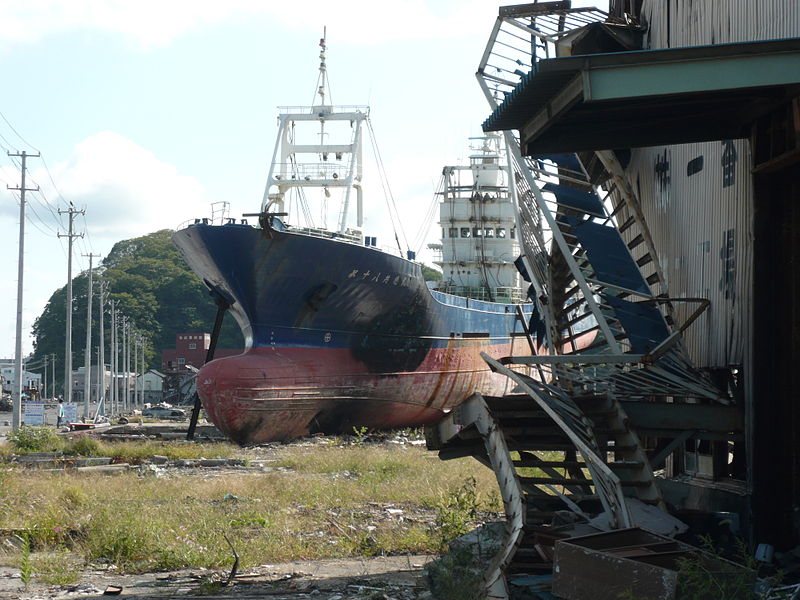 The legacy is probably the most important part of hosting the Games. It is vital that the vision for our legacy be incorporated into the very earliest stage of Games planning and still be in use for years after the Games have taken place.
The legacy is probably the most important part of hosting the Games. It is vital that the vision for our legacy be incorporated into the very earliest stage of Games planning and still be in use for years after the Games have taken place.
The Japanese Olympic Committee will support this effort and ensure all kinds of promised legacies – tangible and intangible – are delivered.
Through hosting the Olympic and Paralympic Games, we will have tangible legacies for sport and the community such as the competition venues. However, we will also leave behind intangible legacies such as the memory of a fantastic Games that will serve to inspire the younger generation to achieve their own hope, dreams and aspirations. Additionally, we would like to use the occasion to showcase the remarkable recovery Japan has made from the 2011 earthquake and tsunami (pictured right), and as an opportunity to thank the international community for all the wonderful support and encouragement extended to Japan during the recovery and reconstruction process. We are committed to working together with the people of Japan over the next seven years to host a uniquely Japanese Olympic and Paralympic Games, and also contributing to the sustainable development of society through the Olympics.
How will the committee be working with the Tokyo Metropolitan Government to incorporate sustainability into the Games?
The 2020 Games plan meshes with the city of Tokyo’s seven-year plan for the year 2020.
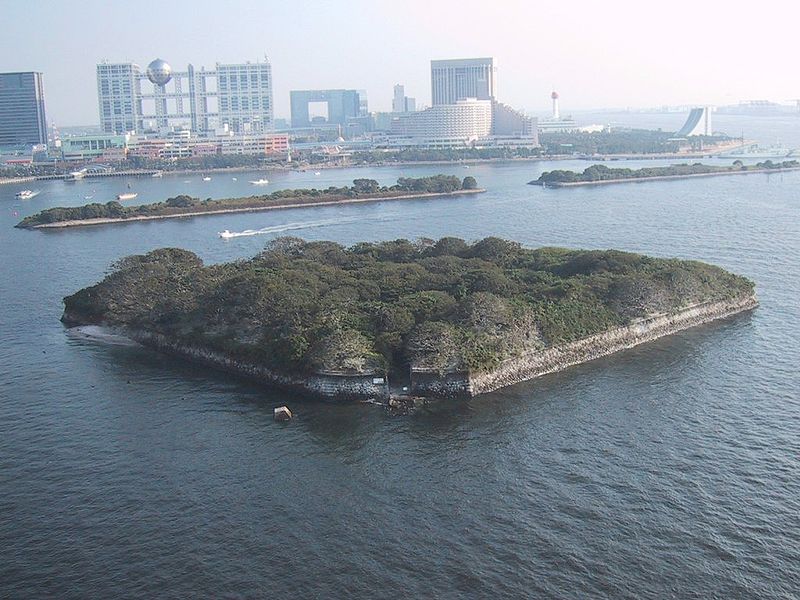 The city of Tokyo’s 2020 strategy includes a long-term development plan aimed at a vast increase of green areas. The overarching objective of the strategy is to make Tokyo the “world’s most environmentally friendly low-carbon city” and the revitalisation of Tokyo as a “beautiful city surrounded by water and greenery.”
The city of Tokyo’s 2020 strategy includes a long-term development plan aimed at a vast increase of green areas. The overarching objective of the strategy is to make Tokyo the “world’s most environmentally friendly low-carbon city” and the revitalisation of Tokyo as a “beautiful city surrounded by water and greenery.”
Specific examples include the creation of some 537 hectares of new green space in Tokyo by 2020 and plans to further extend the green road network through the planting of more roadside trees. Tokyo aims to become a city in harmony with nature, with more open spaces and greenery integrated into its long-term development plans. Another example may be seen with the Sea Forest zone in Tokyo Bay (pictured left), which will further connect the city and the sea to increase cooling breezes in urban areas.
Hosting the 2020 Olympic and Paralympic Games will provide a further incentive to Tokyo’s plans to reinvigorate the city through sustainable urban development.
How are you planning to deal with the challenges of transport and waste during the Games?
The Tokyo 2020 Games aim to be a carbon-neutral Games. This will be achieved, by reducing energy consumption and carbon emissions, using renewable energy sources, public transport and low-energy vehicles.
"All cars and buses provided for accredited Games personnel will be low-emission or fuel efficient vehicles"
The Tokyo 2020 Games will also aim to achieve a zero-waste outcome. An integrated waste management strategy will maximise the reduction of waste, through re-use, promoting the recycling of waste, and making the fullest possible use of remaining waste for energy generation. We have developed a 5R model – Reduce, Reuse, Recycle, Recover Energy, and Restoring Urban Nature, and this model will be strictly implemented throughout the Games and beyond.
With regard to transport, Tokyo already boasts one of the most efficient, reliable and extensive public transport systems in the world, and one of our key transport objectives is to further minimise its environmental impact.
The official fleet of vehicles used for the Games will consist solely of environmentally-friendly vehicles. All cars and buses provided for accredited Games personnel will be low-emission or fuel efficient vehicles.
The fact that the Tokyo Games will be concentrated in a compact urban area will further reduce the need for travel and, thus, lessen the environmental load.
How will Tokyo be different from other games and what lessons are you taking from past Olympics in regards to sustainability?
Tokyohas long been a worldwide leader in environmental technology and is aspiring to become a fully sustainable city, a model to others in the 21st century. It aims to become the city with the lowest environmental impact in the world.
The World Economic Forum’s Global Competitiveness Report (released in September 2012) ranked Japan as the world’s most advanced city in terms of “Capacity for innovation.” We will leverage this innovation to ensure that the Tokyo Games will be the most “environmentally-friendly” Games ever.
We will also take lessons from previous Olympic Games and learn from their experiences and the sustainable legacies they have delivered.
Keeping all our objectives firmly at the forefront of our planning and Games operations will, I believe, be a key factor in enabling us to deliver a green and environmentally-friendly Games.
You recently made an agreement with Korean Olympic Committee chief Kim Jung-Haeng to work together for the success of the 2018 and 2020 Games. How is this progressing?
During a meeting with Korean Olympic Committee (KOC) President Park Yong Sung in Buenos Aires in September, we reached a verbal agreement to work closely together during the PyeongChang 2018 and Tokyo 2020 Games on the sharing of information and operational expertise.
The JOC has long had a very fruitful relationship with the KOC. Indeed, in 2004, we co-signed a National Olympic Committee partnership contract, that includes the following agreements:
- Exchange of visits and joint-training between the national and junior national teams of the two countries
- Exchange of visits between officials and staff
- Exchange and cooperation in the training of coaches
- Exchanges in medical science and anti-doping activities
- Exchanges of relevant information
- Exchange of marketing knowledge and information
- Provision of cooperation for exchanges between provincial, club teams of the two countries






